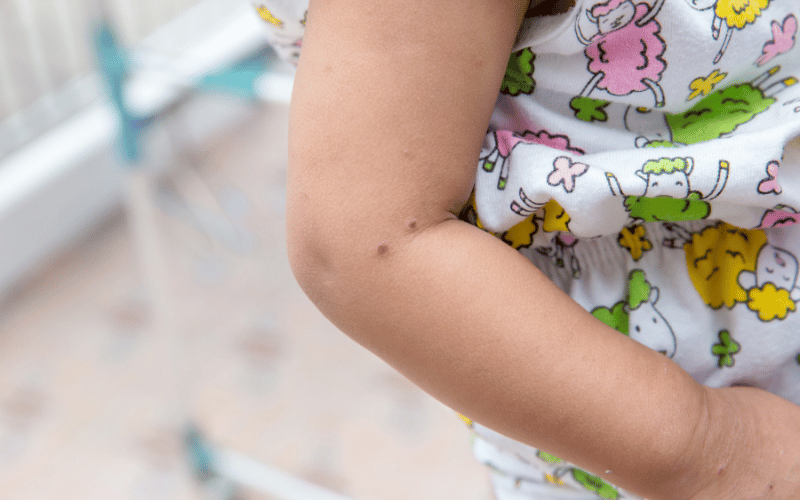Introduction: A Close Look at HFMD
Hand, foot, and mouth disease is a contagious ailment, primarily affecting children. Caused by the Coxsackievirus, its symptoms can appear suddenly and can sometimes be severe. While many parents might have heard of HFMD, understanding its intricacies can be a challenge. Knowledge is the first line of defense. By recognizing the symptoms early on, caregivers can ensure that children get the timely care they need, minimizing discomfort and speeding up recovery.

The name “Hand, Foot, and Mouth Disease” can be somewhat misleading. It might make you think of animals or even a different ailment altogether. In reality, HFMD is named for the primary areas where its symptoms appear: the hands, feet, and inside the mouth. These are the places where red spots and painful blisters can emerge, causing significant discomfort for the child.
There’s a certain unease when a child falls sick, an anxiety stemming from not knowing what’s wrong or how to help. With HFMD, that unease can be amplified, given the visible symptoms like blisters and rashes. It’s not just about spotting these symptoms; it’s about understanding them. Knowledge empowers parents and caregivers to act with confidence, ensuring the child’s well-being. This article aims to provide that knowledge, delving into the top 10 symptoms of HFMD in children.
Symptom 1: Fever – The Initial Warning

Fever often acts as the body’s preliminary alert mechanism. In children, it’s a clear indication that something isn’t quite right. HFMD typically presents itself with a sudden spike in temperature. This heightened body temperature can be alarming for parents and caregivers, making it vital to address the issue promptly.
Monitoring a child’s fever becomes crucial to ensuring their well-being. Regular temperature checks can provide valuable insights into how the illness progresses. Moreover, a consistent fever can leave children feeling exceptionally uncomfortable, emphasizing the importance of creating a cozy environment for them.
With HFMD, it’s not just about the fever itself but the accompanying symptoms. As the body’s first line of defense, fever fights off infections, making it a crucial aspect of the recovery process. However, it’s also the body’s way of signaling caregivers that the child needs attention.
During this period, hydration is paramount. With increased body temperature, there’s a risk of dehydration. So, caregivers must ensure that children drink plenty of fluids, even if it’s just sips at a time. Remember, fever is not the enemy; it’s a sign. Addressing it with care and knowledge ensures the child remains comfortable. (1)